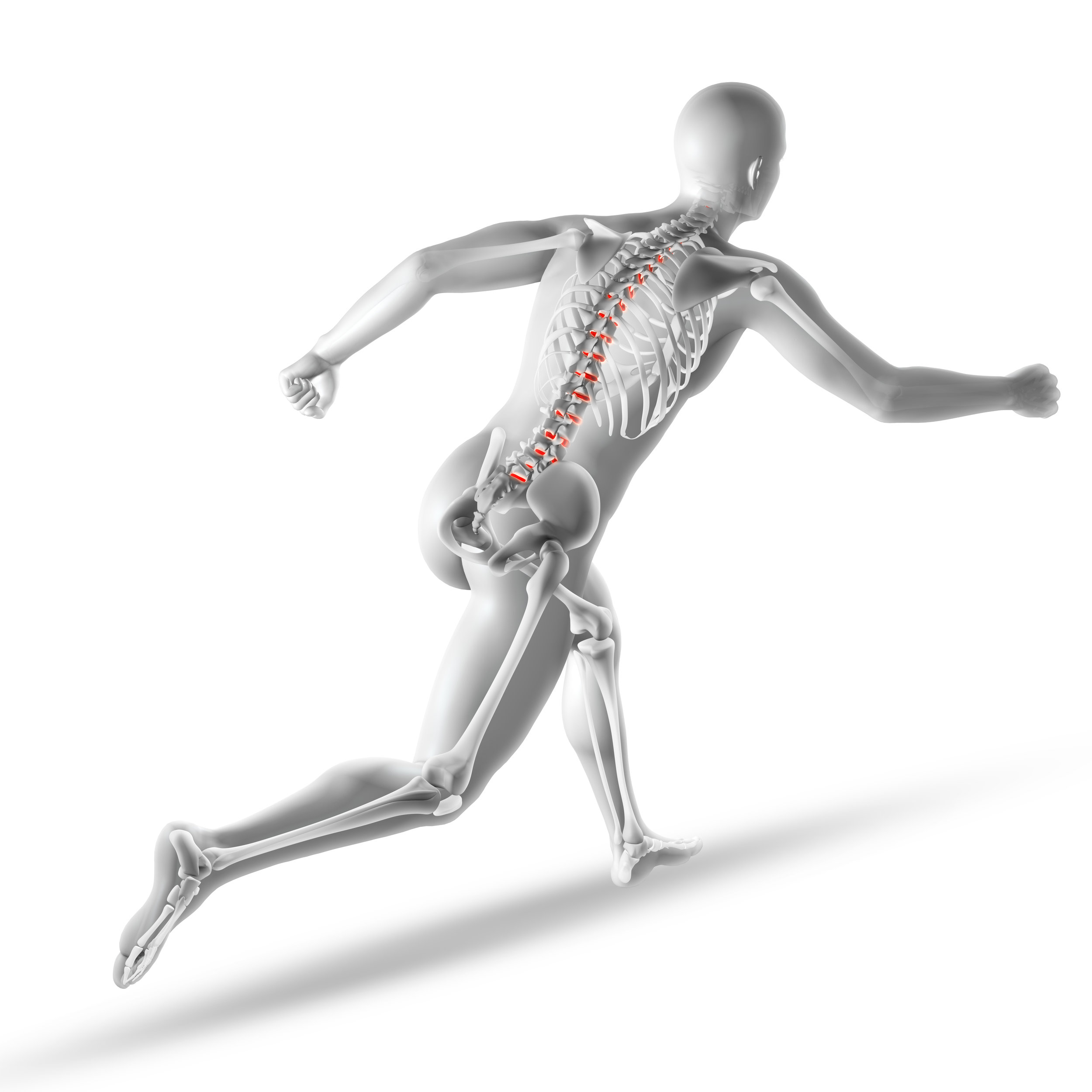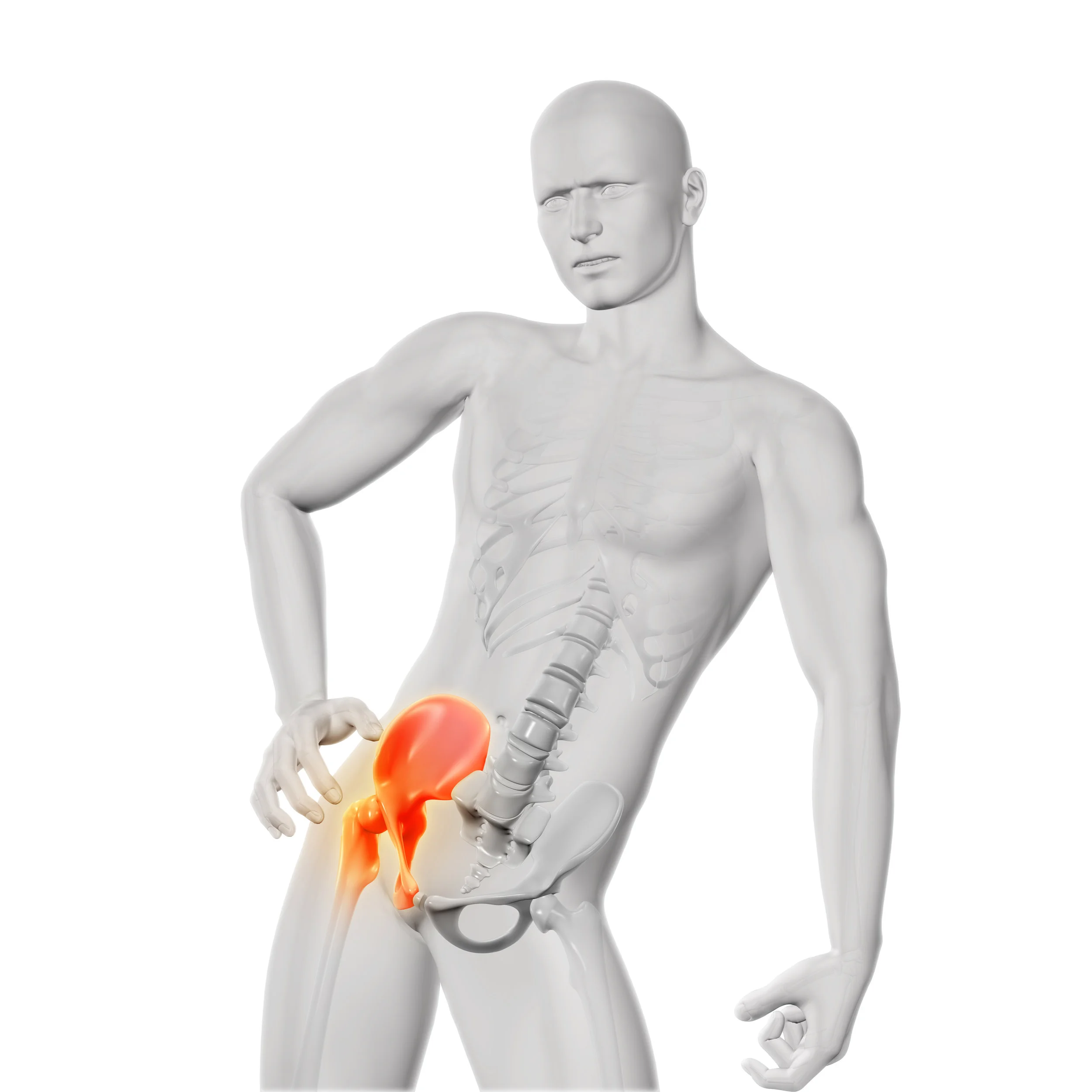How to Keep our Bones Strong!
We are all familiar with the concept of training our muscles and our heart. Even if we don’t do as much exercise as we think we should, the idea that engaging in a sport or exercise class, going to the gym or even taking a brisk walk improves cardiovascular and muscular fitness is an extremely common one.
What may be less familiar to many of us is the idea of engaging in exercise with the idea of maintaining strong bones; and that’s what I’m going to talk about in this article.
This is an incredibly important health consideration, especially for older adults
Osteoporosis is sadly incredibly common, and the danger of fractures and breaks turning into significant life changing injuries increases as we age if we do not actively look to strengthen our bones.
Bone Maintenance
It’s important to understand that we are looking to maintain our bone strength
95% of our mature skeleton is already in place by the age of 17 or 19 the girls and boys respectively; which means that adulthood can be seen as a fight against the inexorable weakening of these bones*.
Modern research* has shown that bone tissue is more dynamic than was traditionally believed, and that training them is very much like training our muscles. If you stress them - they will get stronger.
Safe Stress
So, how do we safely stress our bones to stimulate the body to maintain our bones.
Well, studies have found that simple weight-bearing activities like walking or working out on an elliptical trainer do not have a significant effect on bone stimulation.
Instead, this is achieved through engaging in two types of activity.
Lifting Weights. Which exercises the muscle and increases their mass, which in turn increases the tension on the bone which stimulates bone repair.
Impact Activities: These are activities where the body is repeatedly subjected to “jarring” impacts that stimulate bone growth and density. Examples of activities that produce this effect would include: running, badminton, step aerobics or simply jumping up and down.
Bone Health Hotspots
While we need to be conscious of our bone health throughout the whole body, studies show that there are three particular areas that are subject to particular degradation and therefore should be prioritised in an exercise regime.
These areas are as follows:
The Wrist.
Our wrists are made up of a series of tiny bones and are very sensitive to any loss of bone density
Fortunately, they are easy to target with very simple weighted exercises, as shown below.
The Hip.
The predominance of hip replacement operations, and a huge waiting lists for such, show that this is a joint really needs to be looked after.
This means that we need to engage in some resistance exercises for the lower body, and I will include a few such exercises you can do at home in the workout below.
The Spine
It’s more difficult to directly target the spine with an individual exercise, but researchers shown that the repetitive jarring of running was effective in stimulating bone density in this area. Although, be careful to avoid repetitive running patterns that could cause other issues in the knees.
Safe for everybody, yoga is another great way of increasing the health of the spine, and I will show you a modified version of the yoga sun salutation which is great for our spine.
Home Workout - For Increasing Bone Density
This workout combines a gentle set of yoga movements with three weight-bearing exercises.
You start with the yoga Sun Salutation, the version I demonstrate in the video is modified from the traditional sun salutation to be gentler on the body. This is especially suitable for people recovering from injuries or for older adults.
When following the routine shown on the video, remember to work at your pace and in a way that is comfortable for your body.
I would recommend completing 4 to 6 rounds of this exercise before moving on to the weight exercises.
For these you will need a pair of dumbbells, or an equivalent weighted object. Remember that putting the bones under the strain of moving the weight is what makes them strong, so try to select a weight that does provide an element of challenge.
The three weighted exercises are as follows, and I show you how to carry them out in the second video below.
- Goblet Squat (Progression: Try adding a little jump as you come up from each squat.)
- Stepping Lunge with Twist - holding a Dumbbell
- Dumbbell Bicep Curl
* References:
Lean body mass and weight-bearing activity in the prediction of bone mineral density in physically active men. Rector RS, Rogers R, Ruebel M, Widzer MO, Hinton PS.
https://www.ncbi.nlm.nih.gov/pubmed/19197207
A school-based physical activity intervention effective for increasing tibial bone strength in boys and girls. Macdonald HM1, Kontulainen SA, Khan KM, McKay HA.
https://www.ncbi.nlm.nih.gov/pubmed/17181400
In addition, Heather Mckay is the Director of Centre for Hip Health and Mobility at the Vancouver Health Research Institute.
She has published a number of papers in and around this area which can be found here:
http://www.vchri.ca/researchers/heather-mckay
She has also co-written a fantastic book for parents and teachers on how to lay down strong bones and muscles during childhood and adolescence:
https://www.amazon.co.uk/Building-Strong-Muscles-Graham-Fishburne/dp/0736044868

